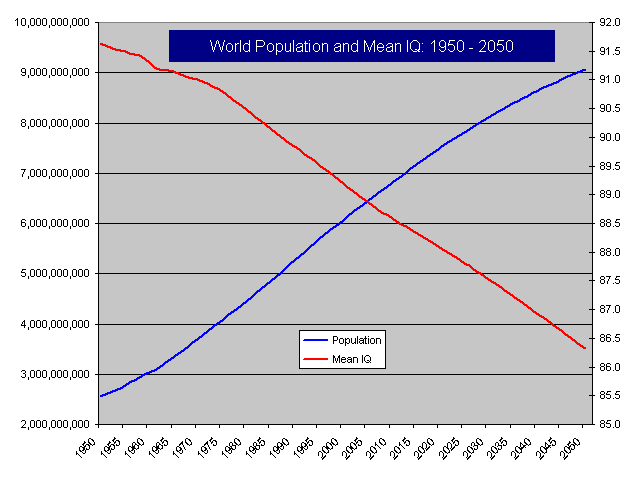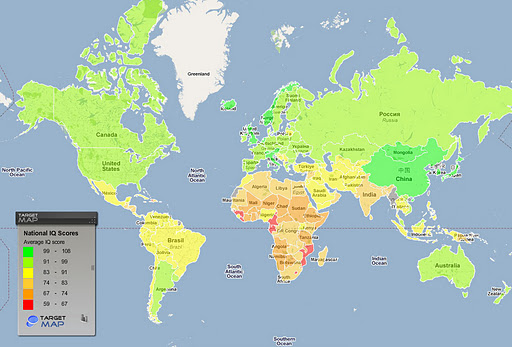How Many People Could Live in a 100 km Tall Building?
The image at left portrays the progression of tall buildings from the pyramids of Egypt to the Burj Dubai. With every increase in height for tall skyscrapers, the potential for housing more people within each building tends to grow.
Below and to the right you can see Hall's trend line for the world's tallest buildings. He projects that at that rate, the world's tallest building will reach 1 mile high by about the year 2065.
But now we learn that visionary architect Zhang Yue -- of China's Broad Group -- is already designing plans for a skyscraper that would reach roughly 1.25 miles (via Brian Wang)!
The Broad Group's current planned magnum opus -- the Broad Skycity One (pictured below right) -- is planned for the city of Changsha, and is slated to be 10 metres taller than the Burj (Khalifa) in Dubai. But apparently the world's tallest tower at 838 metres is not enough for Yue. He wants to build one that is 2 km tall!
The plan seems impossibly ambitious: Build a 220-story building, the tallest in the world, in just four months by using the rapid-construction techniques his company has developed.
Zhang, a slight but wiry and intense man of 52, says "Sky City" - as he has dubbed it - can fix many of the world's pollution, congestion, transportation and even disease problems by completely purifying the tower's air. The 838-meter-tall building (10 meters taller than the Burj Khalifa in Dubai, currently the world's tallest) will hold schools, a hospital, 17 helipads and some 30,000 people. It will, indeed, be a city in the sky.
His dreams don't stop there. Pinned up on his office wall are plans for a project even more audacious - an almost preposterously massive building two kilometers high. _Reuters (viaNBF)

When Josh Hall calculated that the entire population of the world could reside in a number of "Burj Dubais" scattered about the state of Montana, he was estimating the average human residency per building of around 40,000.
The Broad Group's Sky City One is designed to house 30,000 + people, along with shops, restaurants, hospitals, commercial offices, schools, and more. And each Sky City can be built in just 4 months.
This is roughly in line with J. Storrs Hall's plan to house the entire world's population in an area the size of Montana, placing one tower in the middle of each square mile of land area -- leaving the overwhelming balance of land for purposes other than housing, commerce, industry, etc. Each tower would be a city in itself.
But once Zhang Yue is able to scale up to his 2,000 metre (over 1.2 miles) towers, we can really start talking about increased population density.

Which brings us to another of J. Storrs Hall's fabulous ideas: A 100 km tall space pier, designed as a platform for space launch. Such a space pier would need to be supported by strong structures to maintain stability for safe launch. No one knows how to build 60 mile high structures safely -- for now.
But at the rate that Zhang Yue is going, it may not be many years before he is ready to tackle the project of building the towers to support the 100 km tall space pier. And how many people do you think he could house within each of his 100 km skyscrapers?
Perhaps Zhang Yue and Josh Hall should sit down for a talk, to mull over some of these ideas.
Link to earlier Al Fin article discussing placing the world's population inside the state of Montana
Labels: Access to space, Arcology, Towers



























